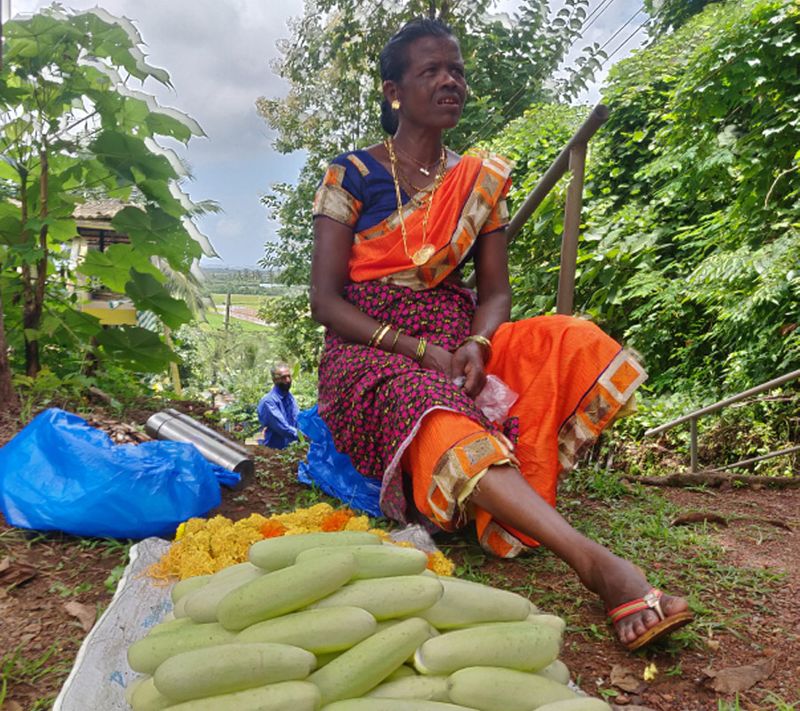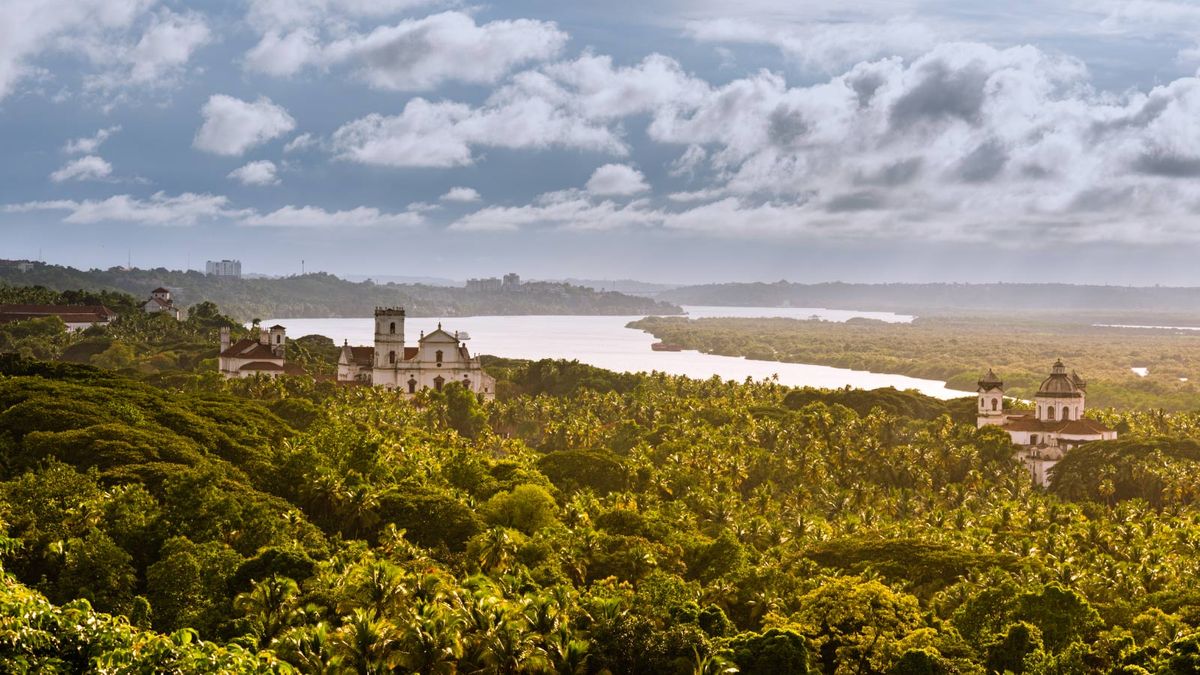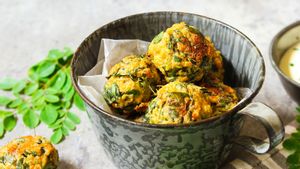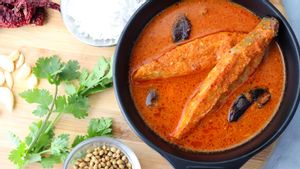In tourism terms, monsoon months are the off-season in Goa. The shacks are shut, fishing is restricted, the restaurants empty out, and there are cautions against swimming.
Yet, away from scrutiny, Goa thrives in the monsoon. It is quieter and greener with open fields and sidewalks sporting a new leafy look. Waterfalls get a new gush of life, and streams and ponds become popular fishing sites.
The season also brings with it a variety of festivals—many of them religious, though they are open to everyone. These festivals are typically accompanied by treats abundant in seasonal produce.
Here is a glimpse of some of them.
1. São João
It is like the Mardi Gras of Goan festivals, on par or better than the Carnival. On June 24, people in villages across Goa pay homage to St John de Baptist. The Bible tells the story of how John leapt in his mother’s womb on hearing the news about Jesus’ coming birth. To honour and imitate that act, people jump into water bodies: wells, lakes, and rivers. In places like Siolim, there is a traditional boat parade. Feni flows freely, as do monsoon treats like patoleo (rice pancake filled with a coconut-jaggery mixture and steamed in turmeric leaves) and dhonne (like patoleo but conical and made using jackfruit leaves). People wear colourful clothes, and a handmade crown of leaves and flowers called a kopel. In the olden days, people would go house to house, wearing kopels and carrying a coconut leaf sheath, singing songs. On this day, newlyweds visit the bride’s home where the son-in-law is welcomed with fanfare and introduced to the entire village.
2. Sangodd
This is a festival for Goa’s fishing community.
The feast of Saints Peter and Paul is celebrated together and called Sangodd. Jesus’s disciple Peter was a fisherman and is the patron saint of fishermen. The fishing community marks this feast by blessing their boats and canoes. The festival marks the beginning of the fishing season. Celebrations include a boat parade—two and more boats are bound together (hence sangodd or togetherness) and support a platform that holds replicas of miniature models of churches and chapels, decorated with leaves and flowers.
Festivities happen in different villages across Goa, on June 29, and involve chants of ‘Viva re Sao Pedro’ (long live St Peter) and musical performances. The day ends with a litany.
3. Chikal Kalo

One day in the year, villagers in a small village in Goa get to enjoy the ultimate monsoon experience: playing in the mud. It is not just fun and games, though.
Chikal Kalo is an annual festival celebrated in Marcel and linked to Marcel’s Devki-Balkrishna temple (believed to be the only one of its kind in India). It is a festival going back 100 years.
The day begins early with prayers at the temple. Then the boys and men from the village are given oil so they can apply it on their bodies. They head out to the ground in front of the temple. First, prasad—bananas, parathas, sweetmeats—is distributed to everyone, and then the revelry begins. Accompanied by the beats of drums and cymbals, these villagers throw in each other in the slushy mud, play games (that they believe lord Krishna played as a child), leapfrog over each other, and more. This ends with a dahi handi celebration.
Chikal Kalo is typically held in July, on the 12th day of the Ashadh month. It is also a day on which newlywed couples go to the temple to pray for a child.
4. Touxeachem Feast
Hundreds of devotees throng the magnificent St Anne’s Church in Talaulim on the last Sunday of June to celebrate her feast day, what is colloquially also called touxeachem fest. The Bible says St Anne got pregnant after 40 years, and it is why couples come to the church seeking her blessings for a child. Cucumbers, which are typically harvested during this time, are offered to her; hence the name (tavshe is cucumber).

As with any village church feast, there is a Mass, followed by a procession after which devotees seek their blessings from St Anne. They offer two cucumbers to St Anne, one is left at her feet, and the other is taken back home. The offerings differ according to intention: men seeking wives offer spoons, unmarried girls offer urad dal, and couples wanting a girl offer bangles. Cucumbers are a general thanksgiving offering, for those whose wishes were fulfilled or newlywed couples seeking a happy married life.
There are stalls outside the church selling the typical festival fare like khaje, and gram, besides fresh cucumbers.
5. Bonderam
The small pristine island of Divar and Mala, a ferry ride away, is the location for this annual festival of flags in August. Bonderam comes from the Portuguese word for flag, bandeiras. The story goes that during the Portuguese rule, there were frequent fights between different wards over the property. As a solution, the rulers demarcated boundaries between these properties using flags. This demarcation was not approved by the villagers, who protested these rules created to settle disputes by knocking down the flags. The festival, usually celebrated in August, is a tribute to that protest.
Celebrations begin at the different churches on the island, with a prayer. Then people take out a parade, dressed in different costumes, and carrying flags. Songs are sung, accompanied by brass bands. There are even mock fights between people in which they use toys to knock down planted flags.




